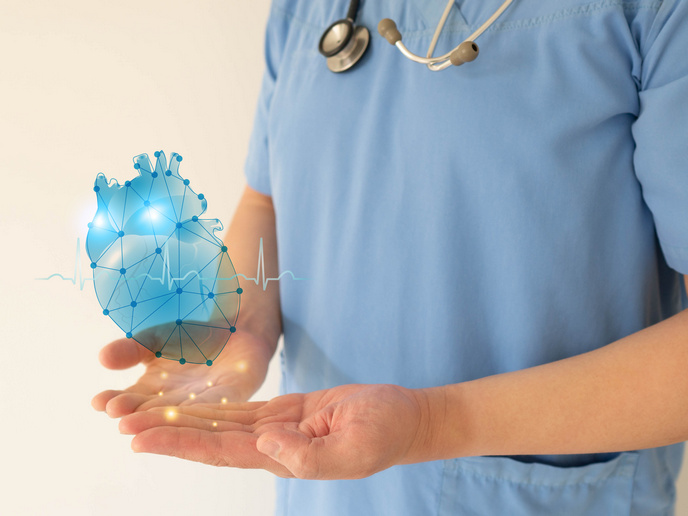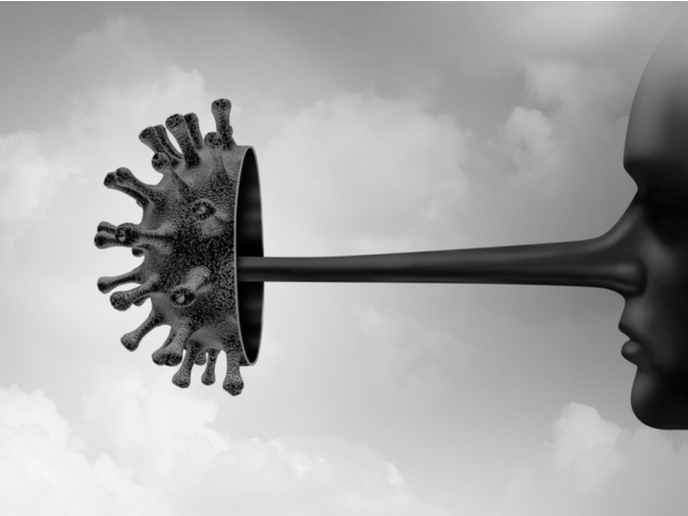State-of-the-art technology solutions to empower stroke patients
Community health and social care (H&SC) services need assistance so that patients can sufficiently recover after suffering a stroke. By working in novel ways and reengineering care delivery systems with new innovative technology and solutions, we can think differently about our approach to care and improve the well-being for patients across Europe while optimising the opportunity for post-stroke recovery.
Transforming health and social care services delivery
The contribution of a patient’s informal caregiver, family and social network is significant. However, it remains a challenge to support the role of this type of caregiver. Despite the progress made in the development of technologies to assist patients, no system is available on the market to improve rehabilitation at home. What’s more, no existing solutions are integrated with H&SC services. As a result, public procurers can’t use open tenders to implement effective technology in solving system failures. “A tool that can be safely applied at home to help patients practise their motor skills at sustainable costs represents added value for the health system for both patients and clinical staff,” says Rachael McKibbin, head of the Small Business Research Initiative at the Business Services Organisation, responsible for coordinating the EU-funded MAGIC project. MAGIC recognised pre-commercial procurement (PCP) as the most viable option in encouraging the market to address these shortcomings by developing cutting-edge products. To support the rehabilitation of post-stroke patients, project partners used PCP to identify new technologies and services. They established and executed a competitive PCP process to run a cross-border call for tender.
Pushing the technology boundaries for stroke survivors
As part of the PCP competition, suppliers developed and tested their solutions in Italy and Northern Ireland. One solution involved incorporating virtual reality computer games into a stroke rehabilitation system to improve patients’ current stroke rehabilitation pathways. Another concerned a novel medical device to rehabilitate stroke patients at home by using wearable sensors and biofeedback for total body exercises and smart objects for hand and arm rehabilitation. The final solution was a machine learning-based wireless platform designed to operate in patients’ homes. It addresses their specific rehabilitation needs by enabling therapists to personalise routines, providing continuous monitoring and feedback on performance. This generic procedure carried out by the MAGIC team will form the basis for future national PCP calls. Public organisations throughout the EU will become familiar with the PCP process and tools, and exploit them to accommodate their own needs. Ultimately, the goal is to employ PCP in finding solutions to common healthcare problems through innovative technology development. Clinical trials demonstrated the feasibility of the technological solutions. Positive feedback was received from both patients and clinicians. Thanks to MAGIC’s proposed solutions, patients can recuperate at home by benefiting from a range of exercises and activities purposely developed for them. H&SC staff will be able to record and assess training data for each patient and further adapt the activity difficulty.
Keywords
MAGIC, stroke, rehabilitation, stroke patient, care, health and social care, H&SC, Pre-Commercial Procurement, healthcare







